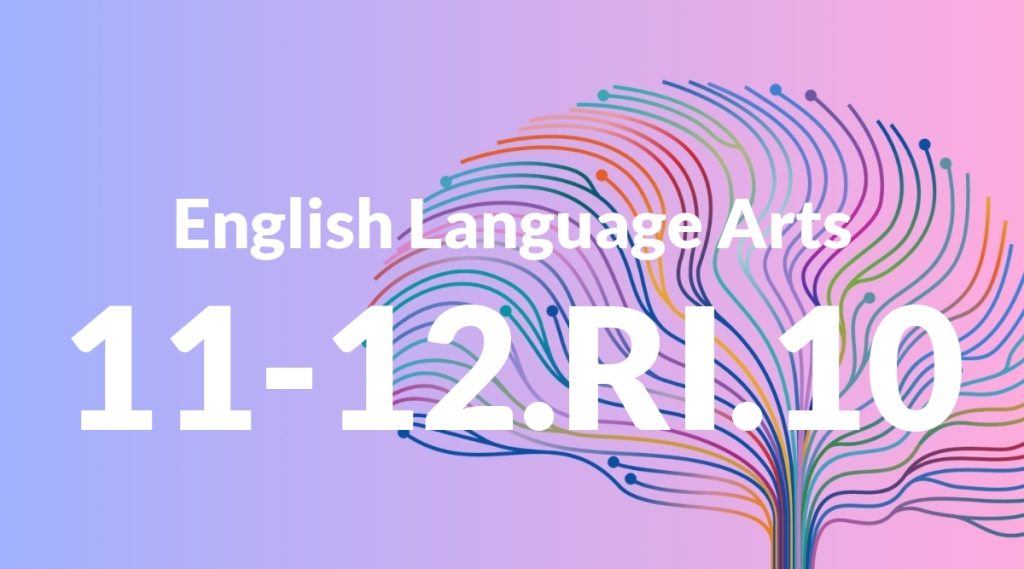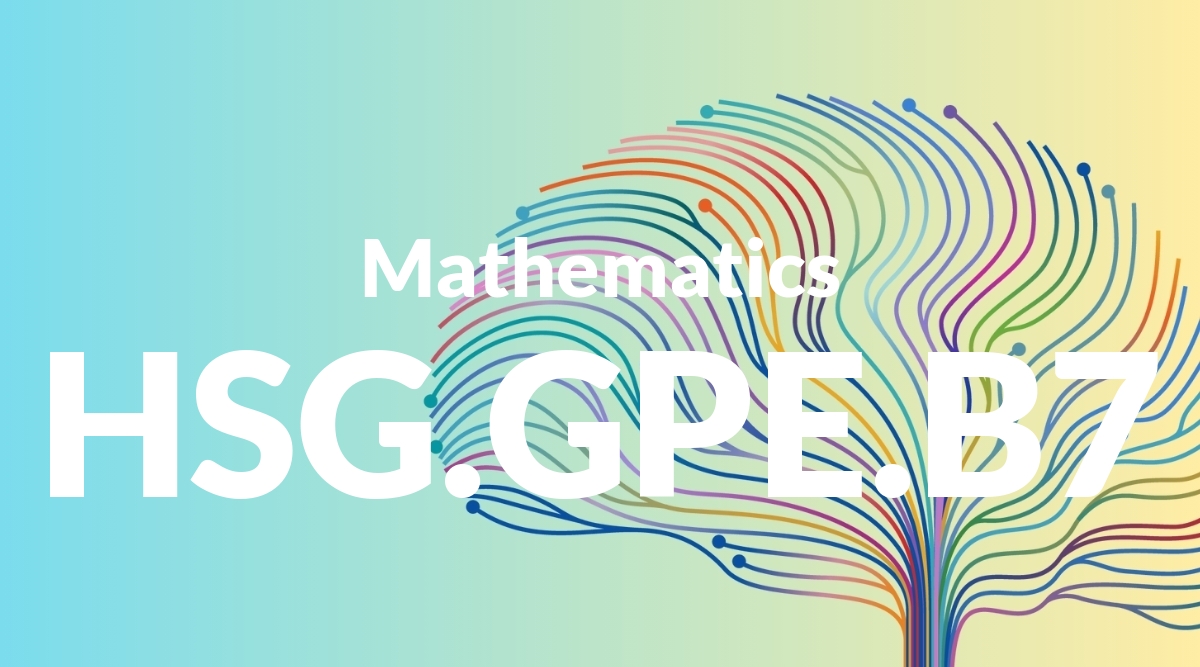Standard: 2.RI.1 – Ask and answer such questions as who, what, where, when, why, and how to demonstrate understanding of key details in a text.
Grade level: Grade 2
Subject: English Language Arts
Domain: Reading: Informational Text
Teacher Overview
This standard emphasizes the importance of asking and answering questions to understand key details in a text. It helps students engage more deeply with informational texts and enhances their comprehension skills, which are crucial for academic success in all subjects. Students should have a basic understanding of story elements and be comfortable asking and answering simple questions about texts they have read.
After mastering this standard, students will be able to summarize texts, identify main ideas and supporting details, and make inferences, which are essential skills for advanced reading comprehension.
Common Misconception 1
Some students may think that any question they ask about the text is relevant. This is incorrect because only questions that pertain to the main points and key details help in understanding the text better.
Intervention 1
Guide students to differentiate between relevant and irrelevant questions by modeling how to ask questions that focus on the main ideas and important details of the text.
Common Misconception 2
Another common misconception is that students can only ask questions at the end of reading the text. This is incorrect as questions should be asked before, during, and after reading to facilitate continuous engagement and understanding.
Intervention 2
Encourage students to ask questions at different stages of reading by incorporating questioning strategies in pre-reading, during reading, and post-reading activities.
Prerequisite Knowledge
Students should be able to identify basic elements of a story, such as characters, settings, and major events. They should also have experience with asking and answering simple questions about texts.
Subsequent Knowledge
Students will develop skills in summarizing texts, identifying the main idea and supporting details, and making inferences based on textual evidence.
Instructional Activities
- Read a short informational text and have students ask and answer questions about the key details.
- Create a question chart where students can write down their questions about a text before, during, and after reading.
- Conduct a group discussion where students share their questions and answers about a text.




